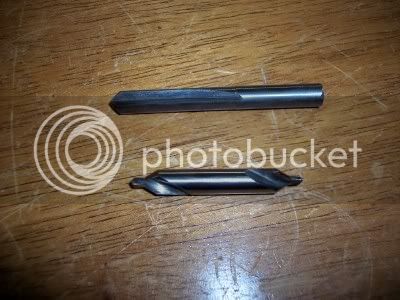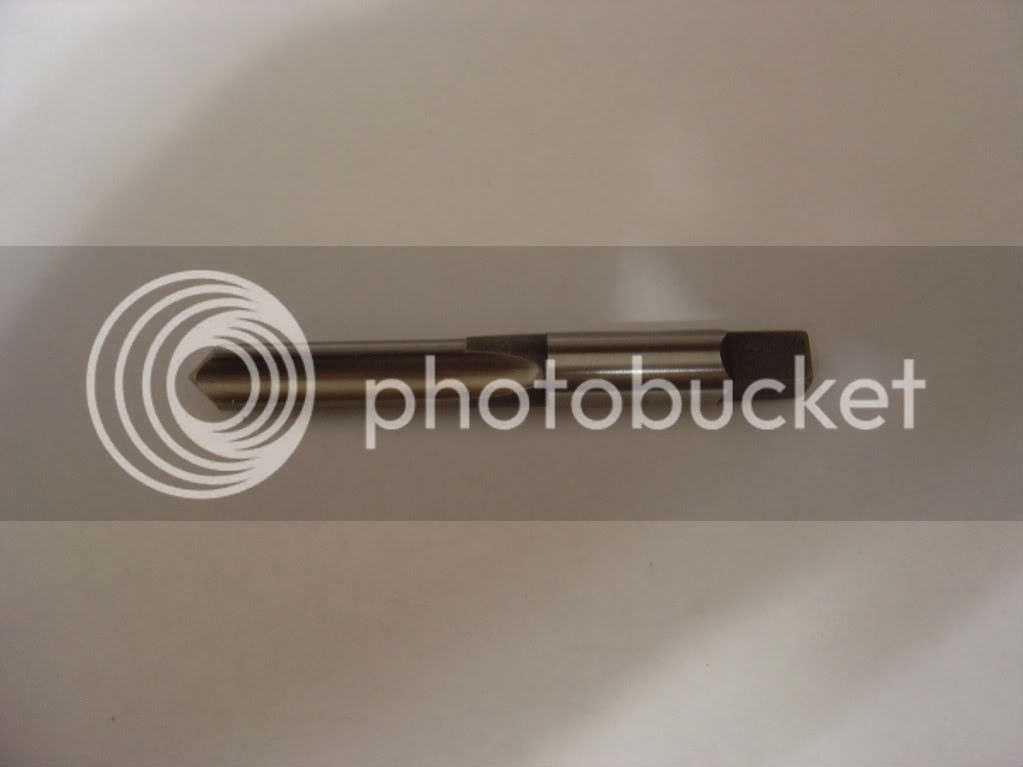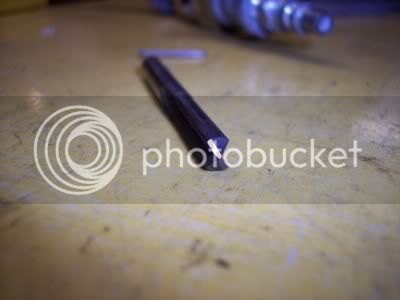To all.
What makes a Spotting Drill a Spotting Drill?
How different is it from a regular Drill.
Can you make your own?
Why not to use a center Drill.
Are there any tricks to this thing?
OK Mcgyver this is all Your fault,ha ha ha .
Hilmar
What makes a Spotting Drill a Spotting Drill?
How different is it from a regular Drill.
Can you make your own?
Why not to use a center Drill.
Are there any tricks to this thing?
OK Mcgyver this is all Your fault,ha ha ha .
Hilmar









